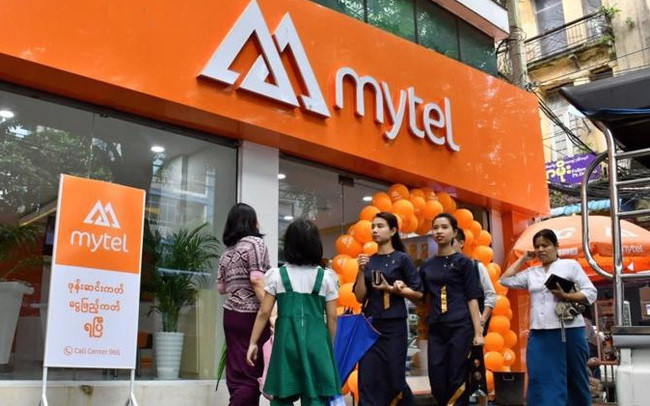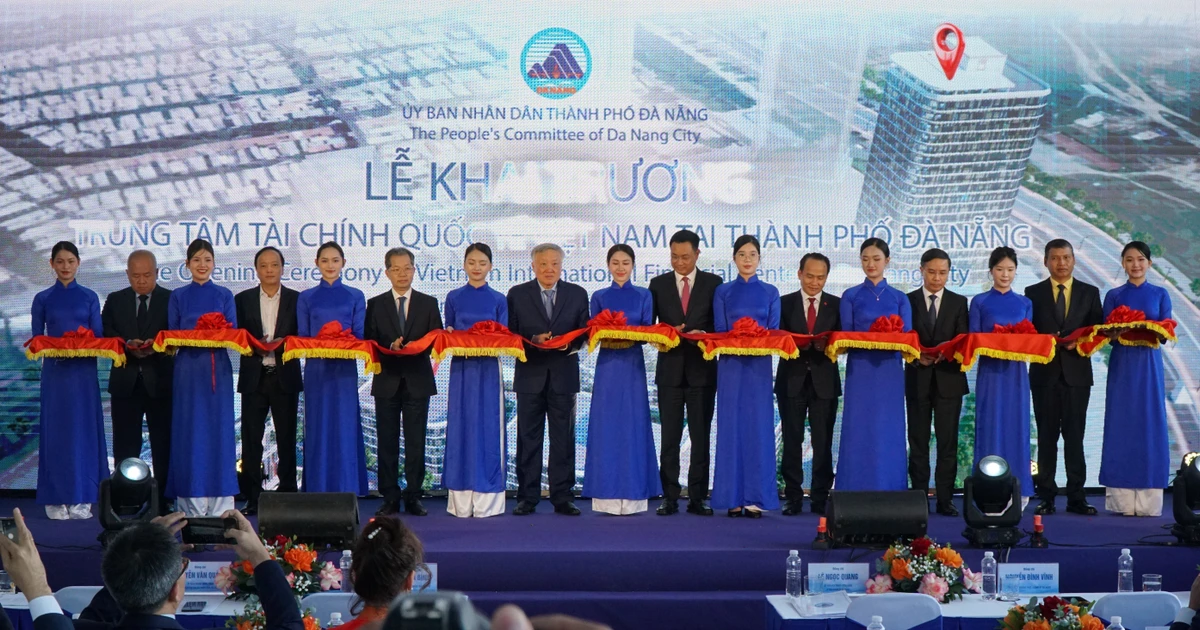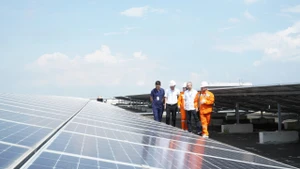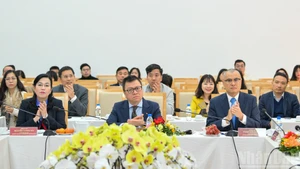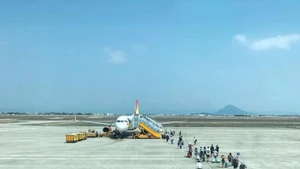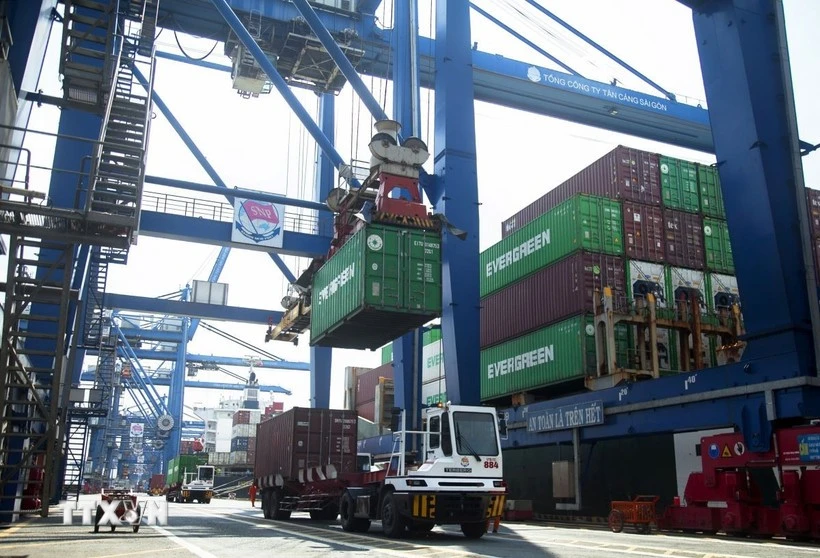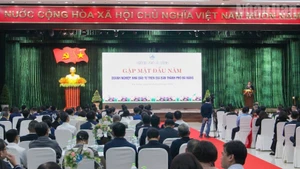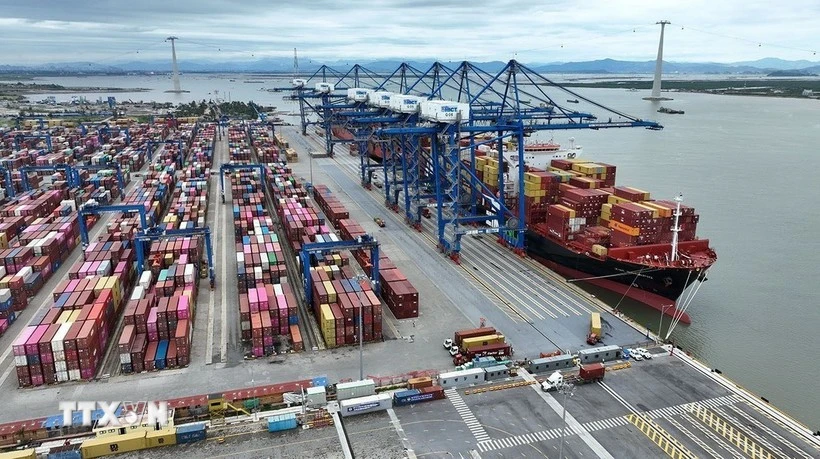During the early period, only state-owned enterprises such as PetroVietnam, Viettel, Vietnam Rubber Group and Song Da Corporation embarked on overseas investment. Recently, such investment flows have seen contributions from large private enterprises such as FPT, Hoang Anh Gia Lai, Long Thanh Golf and NutiFood.
In addition to oil, gas and telecommunications, the scope of Vietnamese investment has expanded to science-technology and information and communication technology.
Investment by Vietnamese enterprises has reached 25 countries and territories, including new markets such as the US and Spain, and is no longer concentrated mainly in Myanmar and Vietnam’s neighbouring countries as in the early period.
However, data on Vietnam’s overseas investment remain sketchy, especially detailed assessments on enterprises’ revenue, financial status, and tax payment. There is also a lack of information about the legal system of countries receiving Vietnamese investment. Vietnam’s policy on overseas investment is also incomplete.
This situation causes difficulty not only for state management agencies but also Vietnamese enterprises intending to seek profits abroad.
As a recipient of foreign investment, that fact that Vietnamese enterprises are investing abroad was previously not widely reported. However, during the 24 years of reaching out to the big sea, Vietnamese enterprises have recorded certain successes as well as suffered from losses.
Today, for any country, both receiving foreign investment and making overseas investment have the same goal of promoting socio-economic development, especially for developing countries which are now qualified to invest abroad like Vietnam.
Furthermore, in order to build a self-reliant economy, each country must find a balance between domestic capital and foreign capital, including external human and natural resources. With that in mind, the strategic vision of overseas investment must be realised through effective policies to encourage Vietnamese enterprises to reach out to the big sea.
